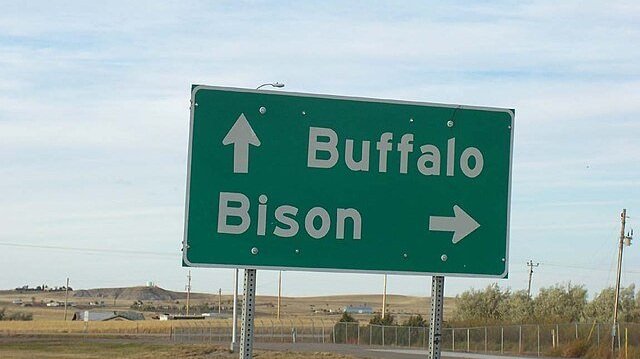DENVER, CO – After a deep dive into the second quarter numbers from the voluntary 75% Plan developed by the National Cattlemen’s Association (NCBA) to address concerns about thinness in negotiated trade across different regions, here is one of the findings: “Negotiated trade volume exceeded price discovery levels in all regions. There were no significant gains in cattle prices in the same period. Leverage in the current market dynamic is with the packer.”
An observation that will leave many cattle producers thinking, “Tell us something we don’t know.”

The NCBA Live Cattle Marketing Working Group Regional Triggers Subgroup recently completed its evaluation of the 75% Plan for the second quarter of 2021. This is a requirement of the framework developed and approved by NCBA members last summer as a voluntary approach to achieving price discovery in the fed cattle market.
Using data collected under Livestock Mandatory Reporting and published by the Agricultural Marketing Service at USDA, the subgroup found no minor triggers were tripped in the negotiated trade volume silo during the second quarter.
While the second quarter saw more negotiated market participation than the first quarter – particularly in the Southern Plains – there remains no participation from packers in the reporting plan – a vital missing link.
“Resolving this critical piece of our voluntary effort will help ensure that both buyers and sellers of live cattle bear mutual responsibility for achieving robust price discovery,” wrote NCBA President and chair of the subgroup, Jerry Bohn.
He announced the industry is closer to that with the regional triggers subgroup having finalized agreements with four major packers to analyze their participation in the negotiated market from the third quarter onward.
“NCBA has been frustrated by the apparent lack of urgency demonstrated by some of the largest purchasers of fed cattle,” said Bohn. “The subgroup believes that completing the packer participation silo will encourage all major meatpackers to be part of the solution to this problem.”
According to Bohn, with the absence of confirmable packer participation data, only negotiated trade volume was evaluated this quarter. Even with incomplete participation in the 75% Plan, the NCBA leader says no major trigger was tripped during the second quarter. That leaves the association free of its threat to pursue legislative or regulatory action should a major trigger occur in two of four rolling quarters.
Elliott Dennis, a livestock economist with the Department of Agricultural Economics at the University of Nebraska – Lincoln, takes a closer look in his analysis of the second quarter 75% Plan report.
According to Dennis, a feeding region can fail in any given week for one of two reasons. First, if less than 75% of the robust level of negotiated trade occurs in less than 75% of the weeks in a given quarter. Second, if it does not report due to confidentiality. The four cattle feeding areas are 1) Nebraska-Colorado (NE-CO), 2) Texas-Oklahoma-New Mexico (TX-OK-NM), 3) Kansas (KS), and 4) Iowa-Minnesota (IA-MN).
Under the current proposed 75% rule, the Kansas region would have a quarterly violation. This is the second consecutive quarter that Kansas has failed. Since only one region failed, no minor trigger occurred. Overall, across weeks and locations, 13.46% of location-weeks failed to achieve 75% of robust negotiated trade levels.
The first quarter report of the NCBA 75% Plan can be found here.










